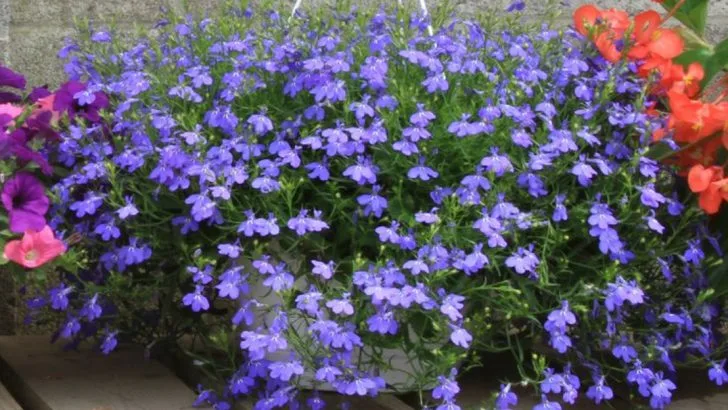If your lobelia looks tired by July, you’re doing it wrong. These beauties aren’t meant to fizzle out mid-season. They’re supposed to spill, pop, and dazzle like a fireworks finale—on repeat. But lobelia can be fussy. Treat it right, and it rewards you with nonstop color. Treat it wrong, and it sulks, shrivels, and checks out by summer’s peak. The trick? Timing. Technique. And maybe a little tough love. Whether you’re growing it in hanging baskets, containers, or garden beds, these tips will help you go from scraggly to stunning. Full, lush, bloom-covered plants that look like you hired a secret garden whisperer. Ready to rescue your lobelia from the midsummer slump? Let’s fix it.
Choose the Right Soil
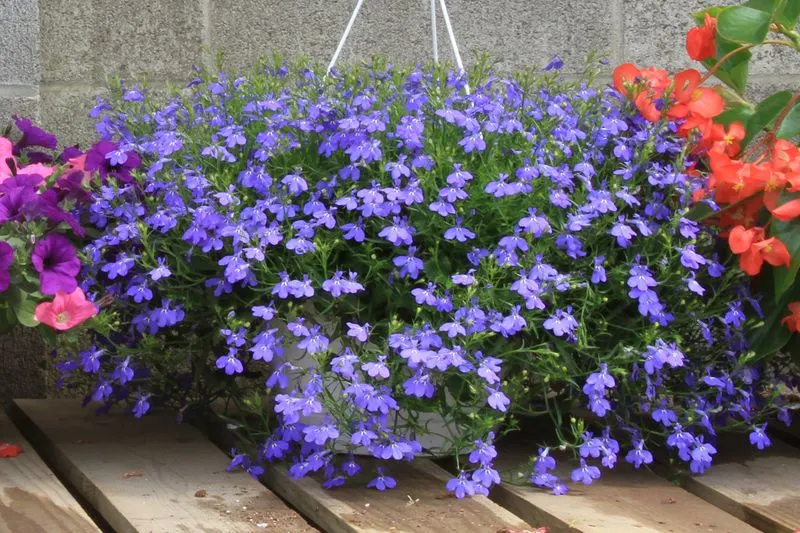
Selecting the right soil is crucial for lobelia. These plants thrive in well-draining, rich soil that retains moisture without becoming waterlogged. Start with a high-quality potting mix or garden soil enhanced with organic matter like compost. This ensures nutrients are readily available.
Consider the pH level; lobelia prefers slightly acidic to neutral soil. Testing kits can provide insights into your garden’s current state, allowing for adjustments. By focusing on soil quality, you lay a strong foundation for your lobelia to flourish, resulting in vibrant blooms all season long.
Master Watering Techniques
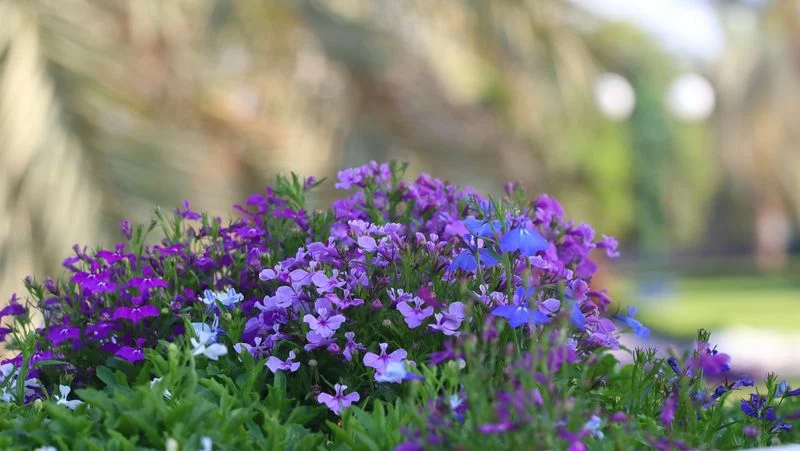
Watering lobelia properly ensures healthy growth. These plants love consistent moisture but can suffer from root rot if overwatered. Use a watering can or soaker hose to deliver water directly to the roots, avoiding the foliage. This reduces the risk of fungal diseases.
Morning watering is ideal, giving plants time to absorb moisture before the heat of the day. Adjust your routine based on rainfall, ensuring the soil remains evenly moist. By mastering watering techniques, you provide lobelia with the hydration it needs without drowning its roots.
Provide Adequate Sunlight
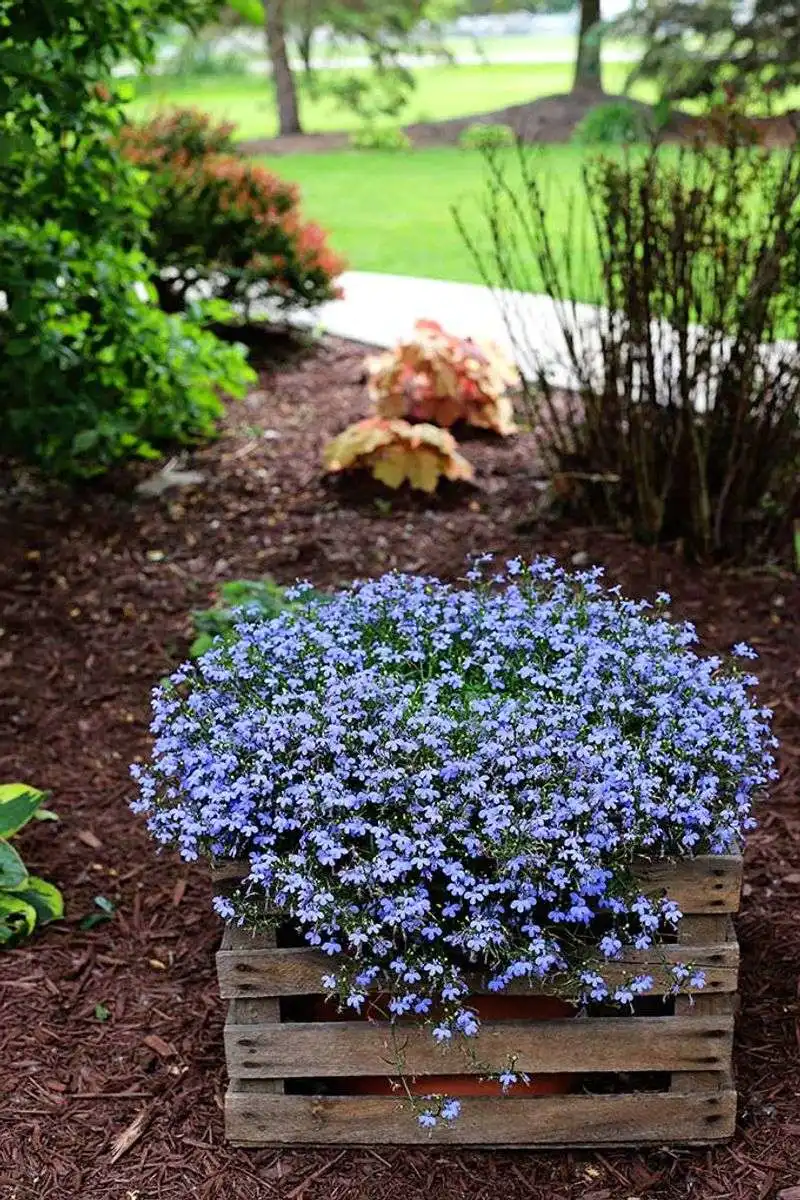
Sunlight is a key element for lobelia’s growth. These flowers thrive in full sun to partial shade, needing at least six hours of sunlight per day. In hotter climates, providing afternoon shade can protect them from scorching.
Position your lobelia in an area where it can soak up morning rays, benefiting from cooler temperatures. By balancing sun exposure, you ensure your lobelia is healthy and blooms abundantly. Remember, sunlight not only fosters growth but also enhances the vividness of their colors.
Fertilize Regularly
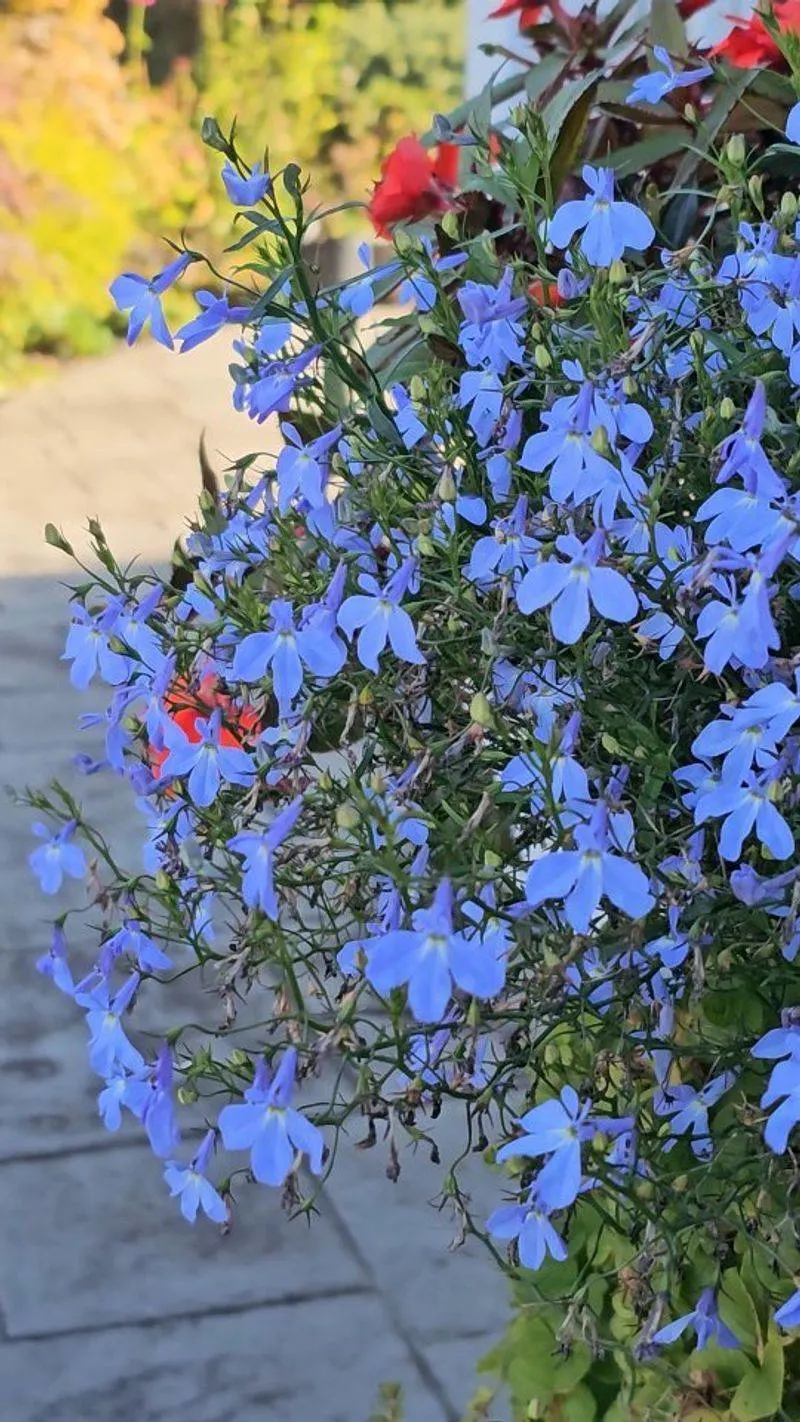
Regular fertilization boosts lobelia’s growth and bloom production. Opt for a balanced, water-soluble fertilizer applied every two weeks during the growing season. This regular feeding schedule provides essential nutrients like nitrogen, phosphorus, and potassium.
Avoid over-fertilizing, which can lead to excessive foliage growth at the expense of flowers. By maintaining a consistent fertilization routine, you support robust blooms and vibrant plant health. Consider the plant’s stage of growth when choosing fertilizer, as needs can change over time.
Prune for Continuous Blooms
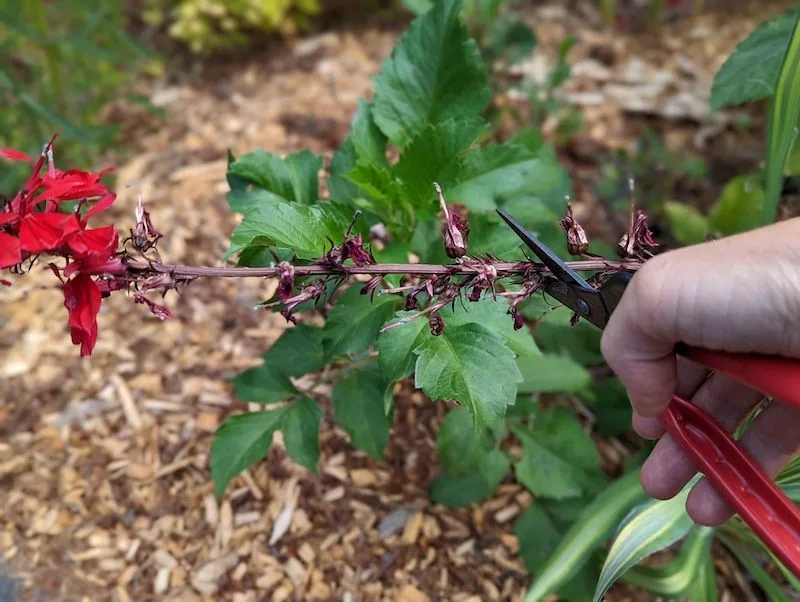
Pruning encourages lobelia to produce more flowers and maintain a tidy appearance. Regularly deadhead spent blooms to redirect energy toward new growth. This practice not only extends the blooming period but also prevents the plant from becoming leggy.
In midsummer, consider trimming back about one-third of the plant to stimulate fresh growth. Pruning invigorates the plant, ensuring it remains lush and colorful throughout the season. With careful attention, your lobelia will continue to brighten your garden with its cheerful presence.
Control Pests Naturally
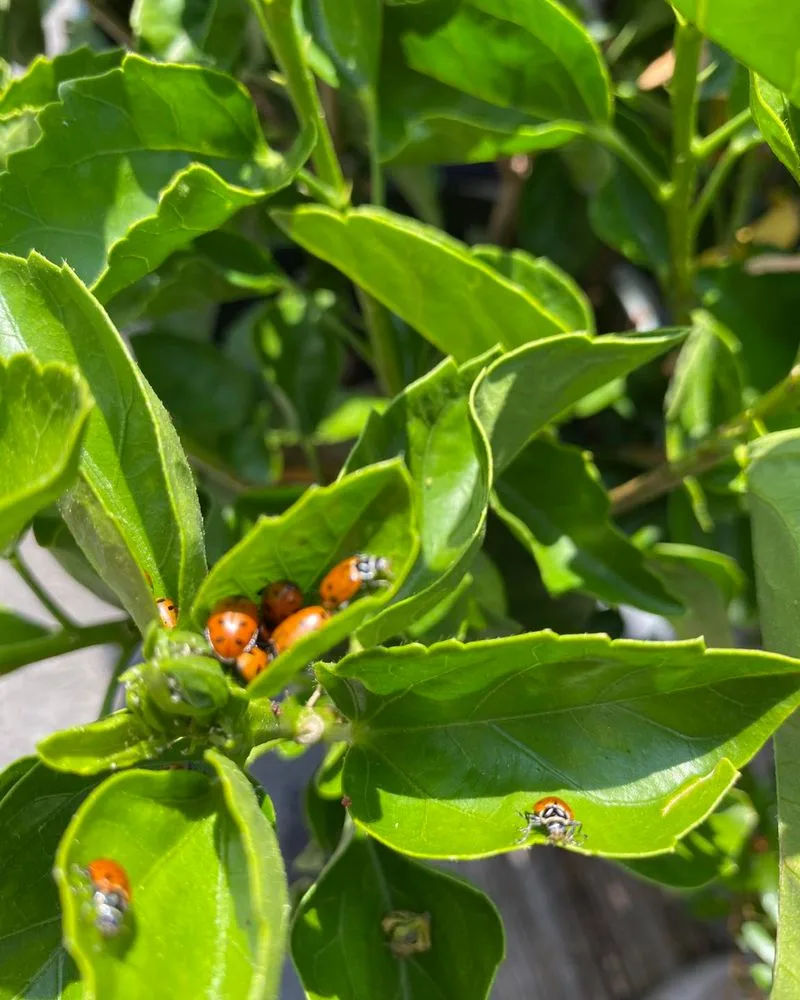
Pests can disrupt lobelia’s growth, but natural control methods can keep them in check. Encourage beneficial insects like ladybugs and lacewings, which prey on aphids and other pests. Plant companion species that repel harmful bugs.
If pests persist, consider using insecticidal soap or neem oil, both effective and eco-friendly. Regularly inspect your plants for signs of infestation, addressing any issues promptly. By managing pests naturally, you protect your lobelia while maintaining an environmentally friendly garden.
Ensure Proper Spacing
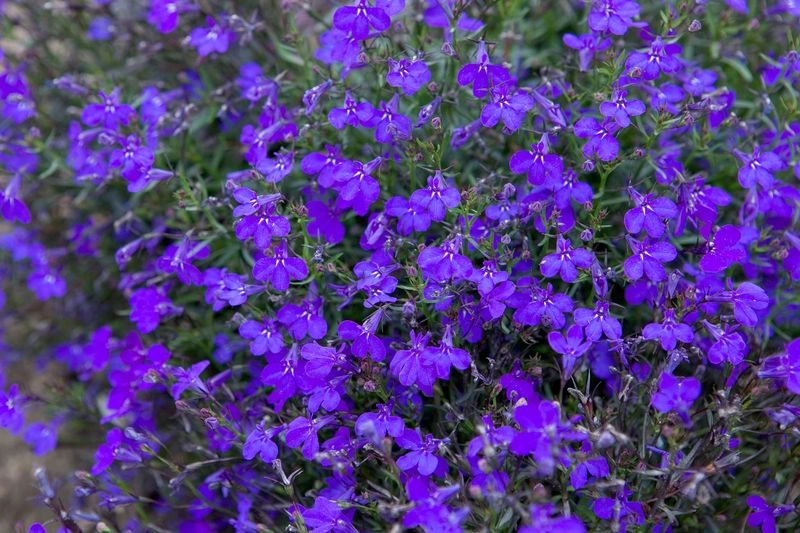
Proper spacing is key to healthy lobelia plants. Crowded conditions can lead to poor air circulation, increasing the risk of fungal diseases. Space your plants about 6-12 inches apart, depending on the variety and garden layout.
This spacing allows each plant access to sunlight and nutrients, promoting robust growth. Consider the mature size of the plants when planning your garden to avoid overcrowding. Proper spacing not only supports health but also showcases each plant’s beauty, allowing for a stunning display.
Mulch for Moisture Retention

Mulching helps retain moisture and suppress weeds around lobelia plants. Use organic materials such as bark chips or straw, applying a layer about 2-3 inches thick. This not only conserves water but also improves soil fertility as it breaks down.
Ensure the mulch doesn’t touch the plant stems, which can cause rot. Regularly replenish the mulch layer to maintain its effectiveness. By mulching, you create an optimal environment for lobelia, reducing water needs and enhancing growth. It’s an effortless way to care for your garden.
Choose Disease-Resistant Varieties
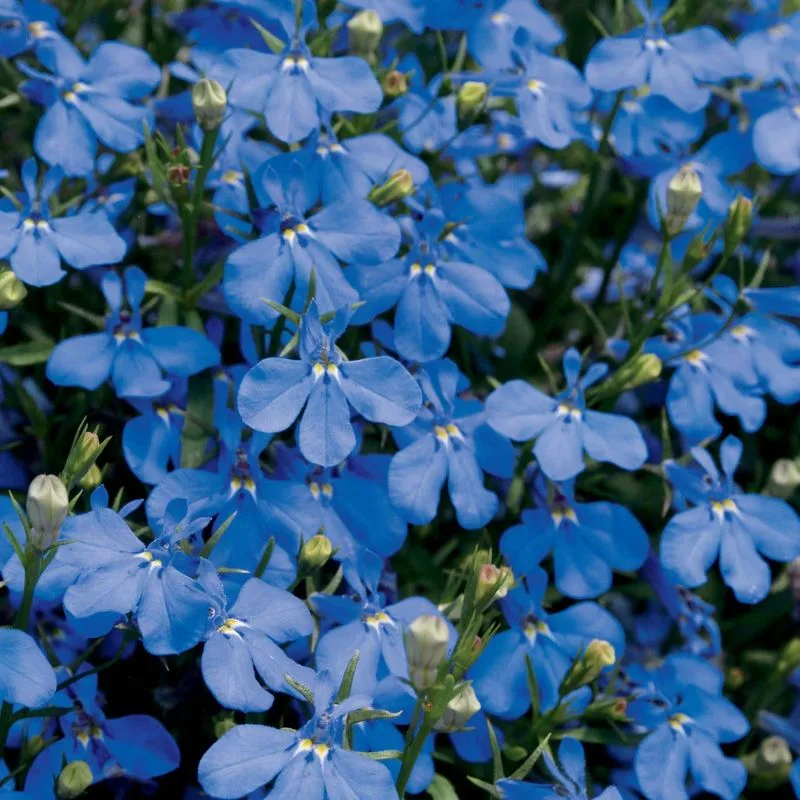
Selecting disease-resistant lobelia varieties minimizes the risk of plant health issues. Look for labels that indicate resistance to common diseases. These varieties have been bred to withstand challenges, reducing the need for chemical interventions.
Researching and choosing the right type can prevent headaches later in the season. Investing in disease-resistant plants allows you to focus more on enjoying the blooms and less on managing problems. They are a practical choice for both novice and experienced gardeners looking to maintain a healthy garden.
Adjust for Seasonal Changes
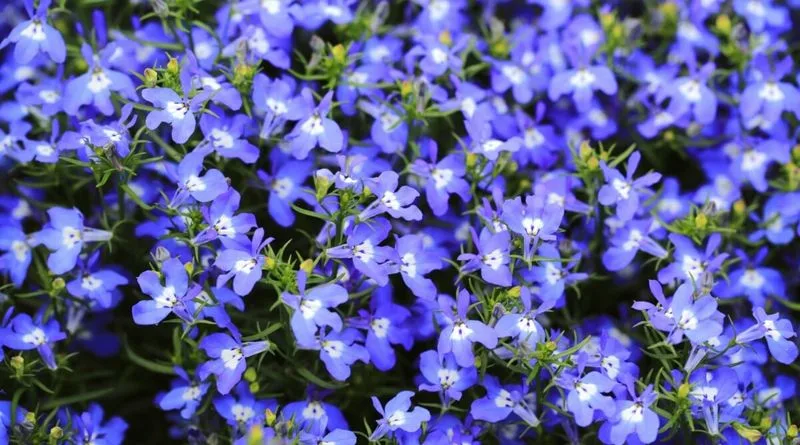
Seasonal changes affect lobelia’s growth, requiring adjustments in care routines. In spring, focus on planting and early growth. As summer heat intensifies, ensure consistent watering and consider providing shade.
In autumn, reduce watering as growth slows and prepare for overwintering in colder regions. By adapting your care practices to match the season, you ensure your lobelia remains vibrant. Understanding the plant’s life cycle helps in anticipating its needs, leading to sustained health and bloom.
Use Containers for Flexibility
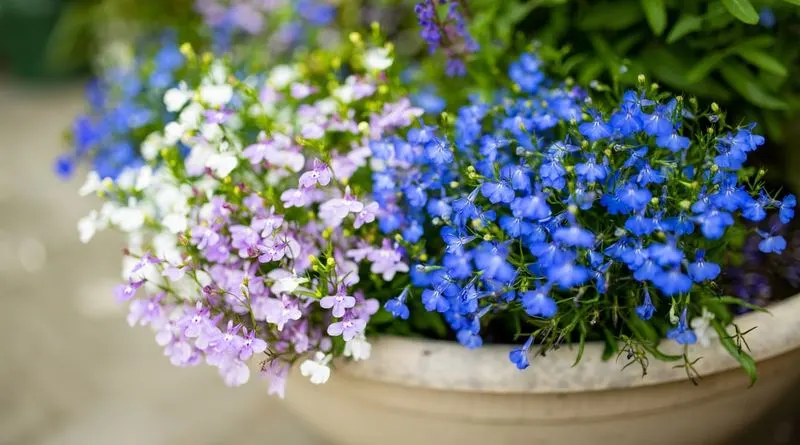
Growing lobelia in containers provides flexibility in placement and care. Choose pots with good drainage and use a quality potting mix. This method allows you to easily move plants to optimize sunlight exposure and protect them from harsh weather.
Regularly check moisture levels, as containers can dry out faster than garden beds. Containers also offer the opportunity to experiment with different designs and combinations, enhancing your garden’s visual appeal. Lobelia in pots can brighten any space, making it a versatile option for gardeners.
Experiment with Colors and Varieties
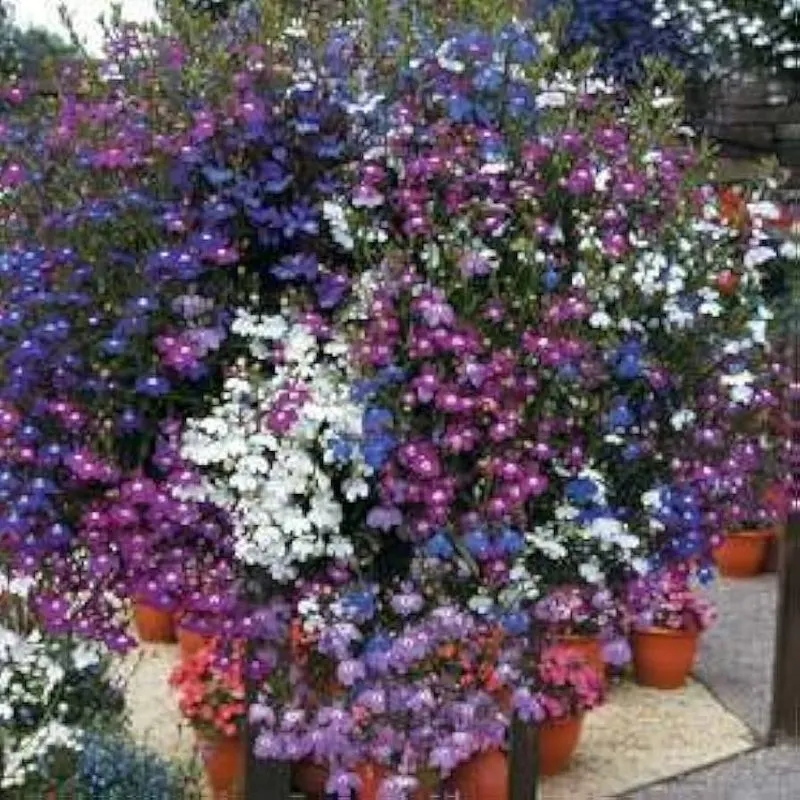
Lobelia offers a rainbow of colors and forms, inviting gardeners to experiment with different varieties. From trailing types perfect for hanging baskets to compact forms for borders, the options are plentiful.
Mixing colors creates a dynamic display, attracting pollinators and adding interest to your garden. Don’t be afraid to try new combinations, as each variety brings something unique to the landscape. By exploring the diverse world of lobelia, you can design a garden that reflects your personal style and creativity.

